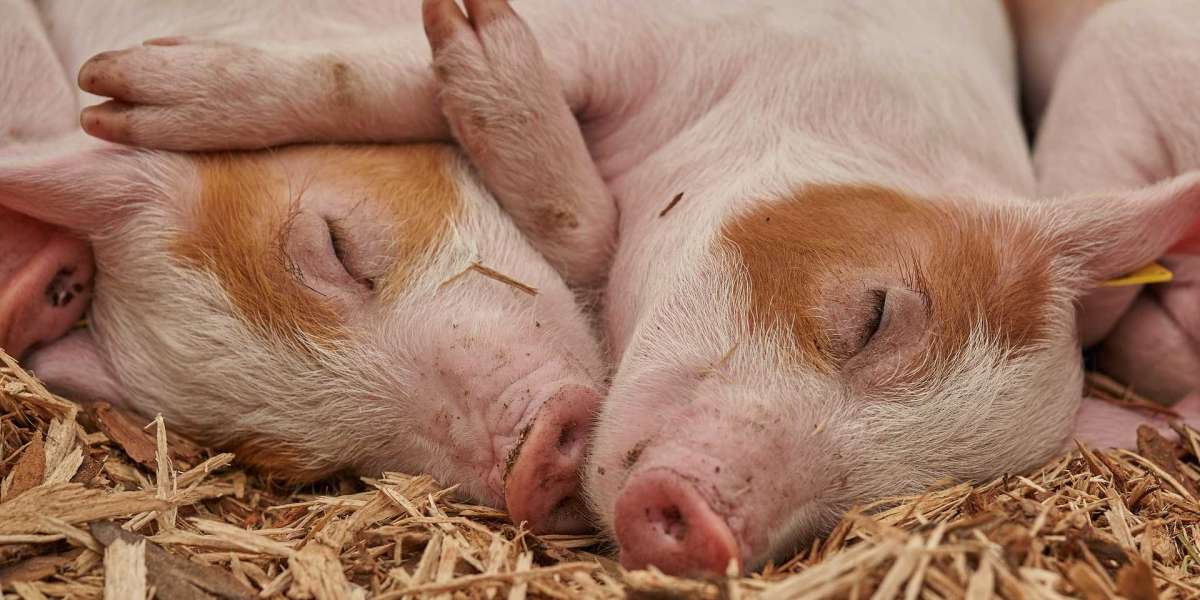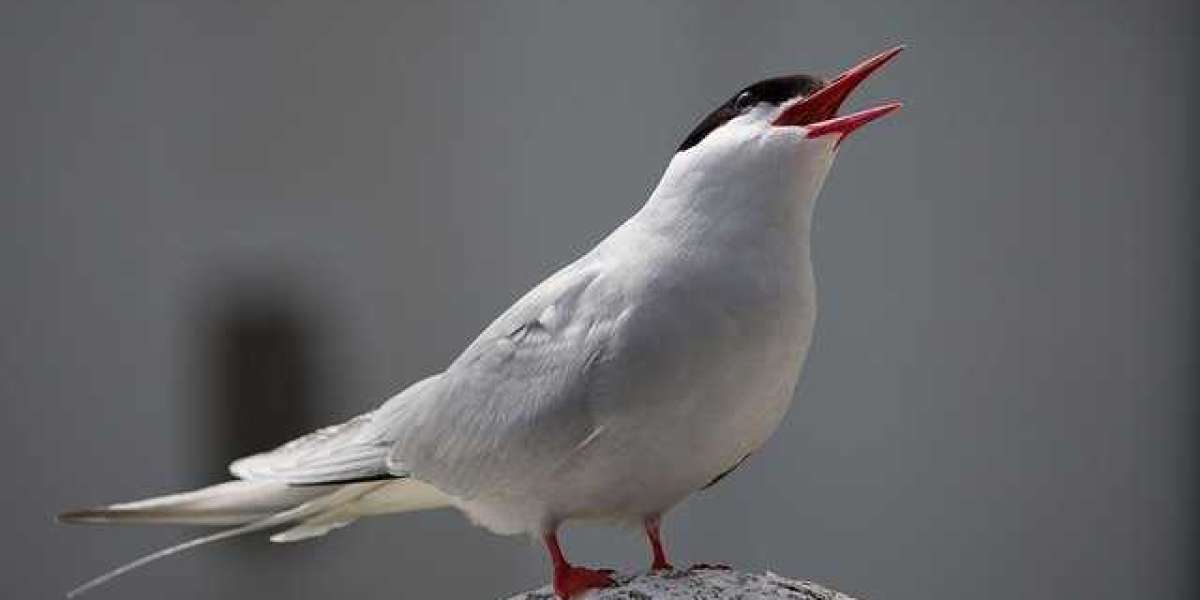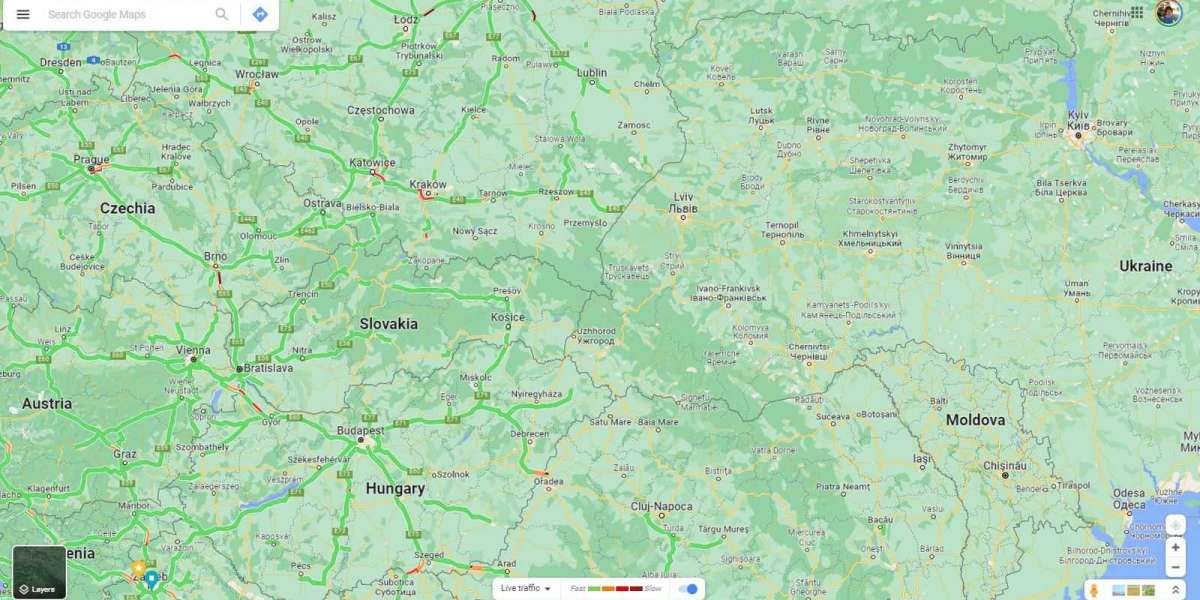Pigs are well-known for their hams, but they are also a source of other meats besides legged pork. It is important to remember that they are animals with feelings, and it is possible that if we better understood them, we could return the favor and improve their lives before they wind up on the dinner plate. As a result of their efforts, an international team of scientists has successfully translated the grunts of pigs into real-life emotions for the first time. In order to accomplish this, they have used more than 7,000 acoustic recordings that were collected throughout the animals' lifetimes, allowing them to accurately determine when they are happy and when they are fearful or distressed. In a recent issue of Scientific Reports, the researchers revealed their findings.
The grunting of pigs meant for human consumption was recorded by the researchers, who were led by the University of Copenhagen, ETH Zurich, and France's National Research Institute for Agriculture, Food, and the Environment (INRAE), from birth to death, in a range of conditions.
While certain behaviors are enjoyable, such as nursing piglets, snuggling with litter members, or running free, some behaviors are detrimental, such as fighting, castration, separation from the group, or waiting for slaughter.
Additionally, the researchers developed many simulated settings for the pigs, each of which was aimed to elicit more nuanced emotional responses from the animals. There were two types of arenas: one with toys or food, and another without any stimulus. For the pigs to interact with, the researchers also included new and unexpected objects in the experiment. Every step of the process, the animals' vocalizations, behavior, and heart rate were monitored and recorded whenever it was practical.
The scientists then evaluated the thousands of audio recordings made by more than 400 pigs to determine whether there was a pattern to the sounds made by the animals based on their emotions, and if they could tell the difference between positive and bad events and feelings. In unfavorable conditions, they gathered more high-frequency calls (such as yelling and shrieking) than in positive settings. In addition, there were low-frequency cries (grunts) that were substantially shorter in length in good circumstances.
According to Elodie Briefer, professor of biology at the University of Copenhagen and co-leader of the study, 'by training an algorithm to recognize these noises, we were able to categorize 92 percent of the calls into the right emotion.' Having them translated is a "essential step toward enhancing animal welfare for livestock," according to her statement.
Animal welfare is a major concern.
In their introduction, the authors emphasize that the study of animal emotions is a relatively new discipline that has only been around for around 20 years. Nowadays, it is well known that the mental health of cattle is crucial to their overall well-being. This is especially true in the dairy industry. Currently, however, animal welfare efforts are mostly focused on the physical wellbeing of cattle. In reality, there are a number of devices available to farmers that can automatically check the physical health of their livestock.
It has not yet been possible to construct systems that monitor the mental health of animals in a similar manner. The researchers anticipate that their algorithm will pave the way for the development of a new platform that will allow farmers to monitor the psychological well-being of their livestock. Without the need to set them down on a couch first.
In order to decode pig grunting, we had to train the algorithm. "We're looking for someone who is interested in developing the algorithm into an application that farmers can use to improve the welfare of their animals," Briefer explains. " Furthermore, he believes that if enough data is collected to train the system, the technology might be applied to better understand the feelings of other mammals as well.



